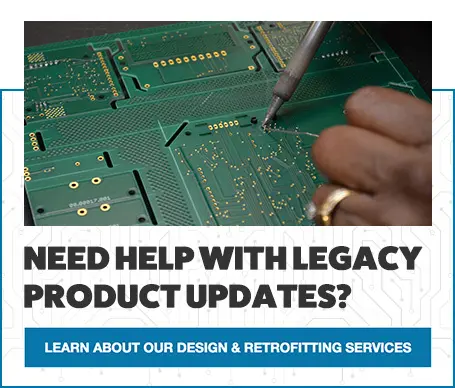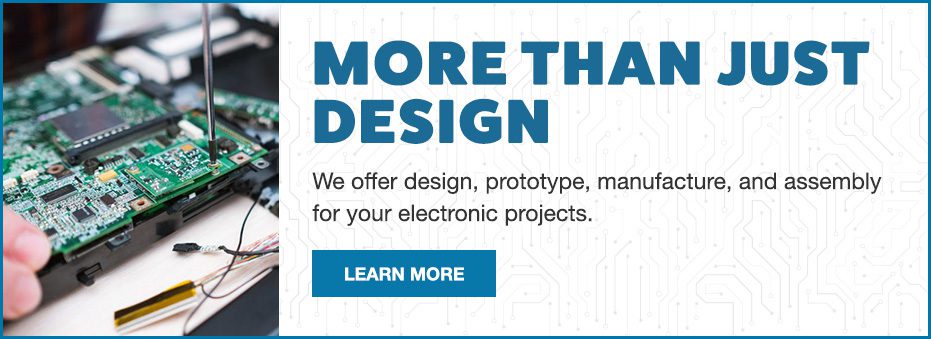Understanding Parts Obsolescence in Avionics Electronic Manufacturing
As technology and innovation have advanced hand-in-hand, their speed has also increased. The old joke that your new computer was obsolete the moment you opened the box still stands decades after the personal computer industry began. Avionics has its own obsolescence issues, though the differences between the aerospace industry and your new laptop are obvious. While it’s easy to say they both include electronics and electronic manufacturing, it’s feasible to run out and purchase a new laptop that takes advantage of new components and technology. That’s not so easily done with a Boeing 737.

Changes in the Industry
For a long time, the avionics industry was the driver of new technologies and innovation, and the development curves were largely the same. However, as the supply base for the avionics industry found greener pastures with markets outside avionics, obsolescence began to rear its ugly head. Technology began to move at a much faster pace than the lifecycle of a typical aircraft. While the aerospace industry still demands innovation, it no longer moves at the advanced timeline of the supply base.
For instance, currently the components supply chain is on a technology cycle of two to seven years. The life-cycle of an airplane and its onboard avionics are around 20. It’s easy to see where the discord sits.
Obsolescence issues are not a one-way street when it comes to avionics, and thus require a multi-faceted approach. They can come from the bottom up, caused by supply chains, and from the top down, due to the demands of the aerospace industry and its resulting regulatory operating environment.
Stakeholders in the industry have changed their approach over the years to better meet the problem of obsolescence, but it still remains largely reactive instead of proactive.
Causes of Obsolescence
The bottom line of obsolescence is that it ultimately is driven by a decline in the need of a specific component. Either that component is going away completely, or it is being replaced by another product. ECMs often determine bringing a component to the end of its life cycle once demand has decreased to a point where it is no longer economically feasible to produce that component any longer. That isn’t to say there is no longer a need for that component, which is where the avionics industry and obsolescence meet at a crossroads.

Sometimes the avionics industry will have advance warning of six to 12 months, but other times (and not infrequently), that notice comes much closer to the end of a component’s life cycle. Even at the long end of the timeline, avionics manufacturers may find they are spending a lot of time accounting for obsolescence. While a manufacturer may offer support well after the production demise of a component, there comes a time where support becomes impossible.
On the other end, regulatory or legislative issues can drive obsolescence from both the top and bottom end. One such example is the EU’s directives governing hazardous materials. The RoHS directive of 2006 is one such example that obsoleted numerous components in one fell swoop.
Mitigating Obsolescence Issues
Slowly, the avionics industry has adapted to the viewpoint that obsolescence is and will continue to be a fact of life. Changes in engineering approaches as well as an embrace of analytics that can help forecast obsolescence issues can make a big difference in both efficiency and the financial bottom line for manufacturers.
Instead of viewing obsolescence as a crisis that needs to be managed, smart companies are instead taking a sustainability approach that allows them to forecast coming issues and plan accordingly. An experienced ECM has good supply chain management, in-house engineers, and the capabilities necessary for accurately forecasting and mitigating parts obsolescence in avionics. Levison Enterprises can help bring your next avionics project to fruition. Let’s talk about your next product today.
Start Your Quote Now!